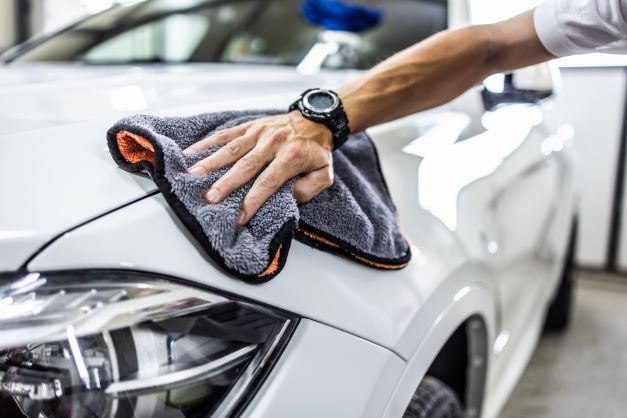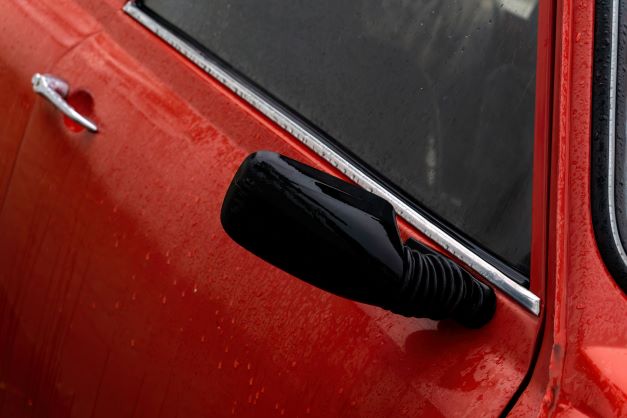Removing hard water stains from your car’s paint can be a tricky endeavour, but it’s definitely not impossible. With the right know-how, materials, and a bit of elbow grease, you can restore your car’s paint to its former glory. In this article, we’ll discuss the basics of identifying and removing hard water stains while avoiding the common pitfalls many car owners make.
What Are Hard Water Stains?
Hard water stains are caused by hard water (which contains a high concentration of minerals) that accumulates on the surface of your car. The minerals in the water (usually calcium or magnesium) combine with the oxygen in the air to form a white, chalky residue, which gradually builds up and causes discolouration of your car’s paint.
Hard water can come from a variety of sources. Tap water often contains minerals that can interact with your car’s paint and leave behind brown stains. If you live in a location with a high mineral content in the water, your car will be more susceptible to hard water stains. Fortunately, there are ways to remove hard water stains before they cause any damage to the paint of your car:
Wash The Stains With Car Soap And A Damp Sponge
Start by taking a damp sponge and wiping the affected areas. You’ll want to rinse off the detergent and any dirt or residue that may have been left behind. This can be done with a hose or bucket of water and a soft cloth. Once the area is dry, finish off with a microfiber cloth and a car wax to protect the paint. If you don’t see any improvement, it’s time to try a different method.

Use Vinegar And Baking Soda
If you have vinegar and baking soda at home, try using a vinegar solution and a few tablespoons of baking soda. Mix one cup of white distilled vinegar with one tablespoon of baking soda and one gallon of water. Apply the solution to the affected area and scrub it with a brush. The baking soda will help lift the brown residue, and the vinegar will help neutralise the stain. Let the solution sit for a few minutes, and then wash it away with water. If you’re still having trouble removing the water stains from your car, there are a few other ways you can get rid of them.
Use A Clay Bar
Clay bars are a great tool to help remove water stains and restore the original shine of the car’s paint, as they are designed to remove built-up dirt and grime from your car’s paint. To use a clay bar, first thoroughly wash the car and make sure it’s free of dirt, dust, and other debris. Second, rub the clay bar with a lubricant, such as a car shampoo or detailing spray, over the car’s paint. Third, move the clay bar in a circular motion over the paint. Finally, once the stains have been removed, rinse the clay bar off and dry the car with a microfiber towel. With the proper use of a clay bar, the car’s paint will have a beautiful, glossy finish without any water stains.
Use A Water Spot Remover
If you’ve tried all of the methods above and still have no luck removing the water stains, you may have to resort to using a water spot remover. This alkaline formula is specifically designed to eliminate hard water spots by breaking down and loosening the mineral deposits, making it easier to scrub away without damaging the paint. Additionally, water spot remover is safe to use on car paint and does not contain any harsh chemicals.
When using water spot remover, make sure the surface is free of dirt and grime before applying the product. Cover any surrounding surfaces, and be sure to wear gloves when applying the product. Allow the product to sit for a few minutes before softly scrubbing the area and rinsing with clean water.
Use A Paint Sealant Or Protector Wax To Prevent Hard Water Stains
Paint sealant or protector wax are specialised car finishing products often used to protect a car’s paint job from harsh weather and the environment while giving it a detailed look. It is also effective at preventing water spots and stains. Paint sealants work by forming an invisible barrier that repels water and other substances that cause water spots. They are often easy to apply and provide long-term protection, ensuring a car’s paint job remains in good condition.









































